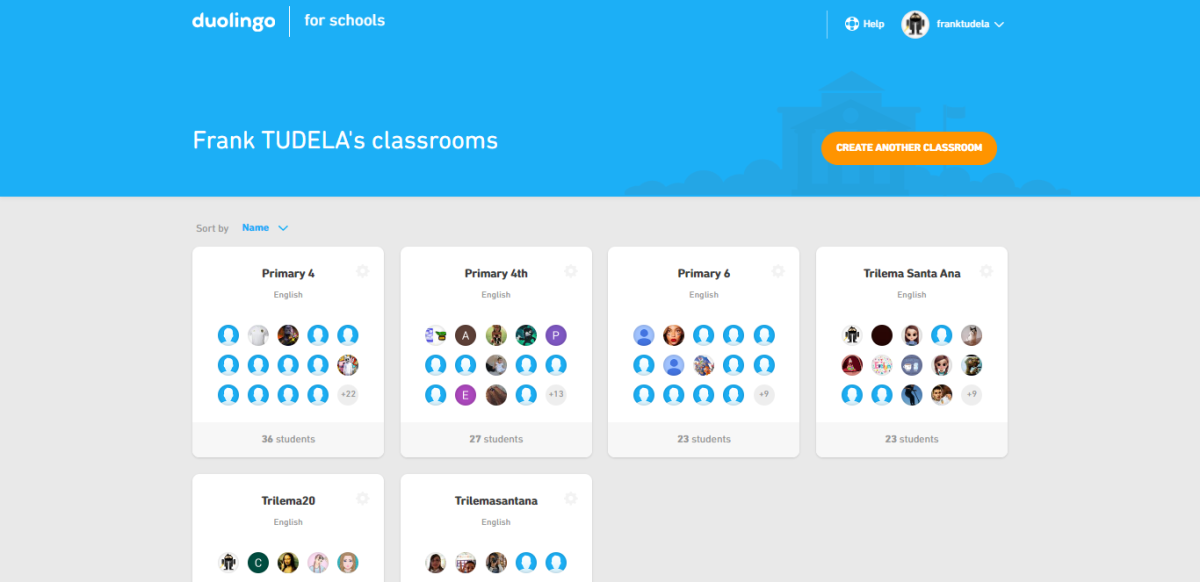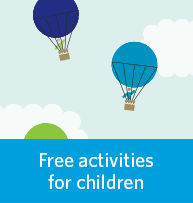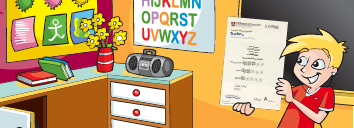If you are already fluent in your own language, what really stops you from becoming fluent in a foreign language?
Can you start speaking English like a fluent speaker in less than a year? To begin with, let’s find a logical answer to this question … Less than one year is probably not enough to get to a near-native level. Nevertheless, you can improve your English significantly even in a few months. The question is… how are you going to spend this period?
How do native speakers communicate? By listening and speaking – asking and answering questions, in conversations, giving suggestions, making presentations, taking telephone calls. By writing – e-mails, reports, texting on social media, and so on … I can continue this list, but, probably, you have already got my point.
So, now, why would anyone decide to spend these two months reading a grammar book, watching TED talks or BBC English, that you can’t really follow, or learning vocabulary with flashcards.
How does all this help you improve? It does only a little. Basically, it does not. And it never will. Until you start using your English.
Until you start speaking, listening and writing it every day. This should be the main part of your language practice, and not flashcards or books.
Now, the difficult question: How do I start speaking if I don’t have native speakers around? I did. Without any native speakers. In the pre-Internet era, I wouldn’t be able to do it. But once you have an Internet connection – yes, I was able to, and you can do it too.
Start speaking to yourself. Find people online to talk to. And not necessarily only native speakers. Start speaking English to your friends who are also dreaming about learning English. If they stop dreaming and start speaking, like you do, you will suddenly find yourself a partner to talk to.
Listen to real-life conversations in English. But don’t just listen – talk to them, ask them questions, rephrase what they are saying, agree and disagree with them. Everything you would be doing when you usually talk to people in your own language.
If you are already fluent in your own language, what really stops you from becoming fluent in a foreign language? Books? Yourself? Of course, as an English learner, you might have a hard time communicating in English because of the language barrier. Don’t worry—here are some tips you can use if you want to understand (and be understood) better.
- Create opportunities. Practise with conversational partners and keep talking.
- Make sure you’re understood. Repeat what you’re told and ask clarifying questions.
- Use the Internet. It has practically everything you’ve ever wanted
- Become an engaged listener. Improve your listening skills every day: films, music, podcast, radio, YouTube, BBC news, TED talks, etc
- Read aloud and focus on pronunciation. Record yourself.
- Learn sentences instead of words. A good idea is to start learning collocations and expressions. And get it checked.
To sum up, no, it is not possible to become fluent in a few months. But you can, and you should be fluent in less than a year. If you start using English for most things you do every day.
The most important thing is to realise that the more you get into reading and listening, and not speaking English, the further you are from fluency in it. Use your language to communicate in a useful manner. Use the language as a tool for communication and learning.
Hope this helps and keep in touch on your learning progress.
















































